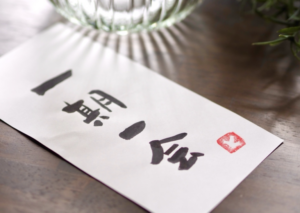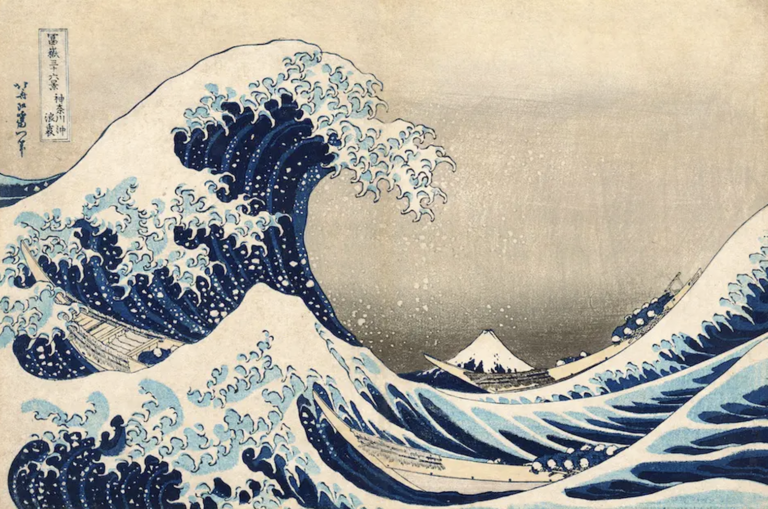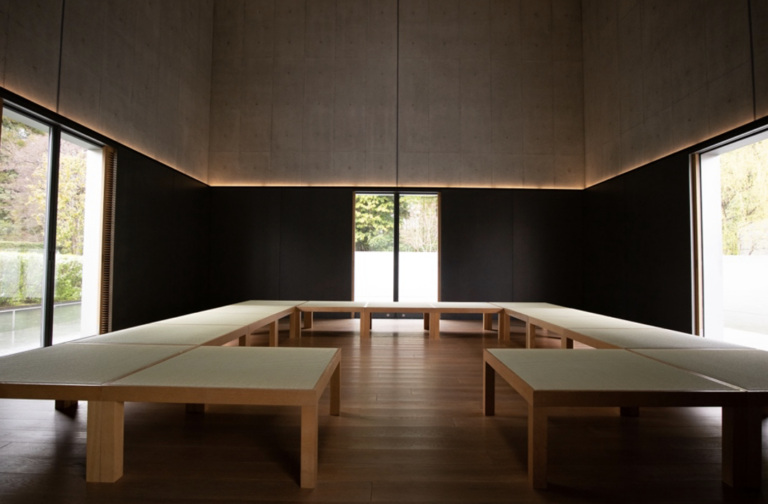Japanese sense of beauty 1: Sense a myriad of feelings in the smallest of things.
Foreign people often say that it’s hard to understand Japanese people’s feelings. In a number of segments, I would like to talk about what makes Japanese people’s sense of beauty different.
First of all is: “To sense a myriad of feelings in the smallest of things”. I’m sure you are aware of Japan’s skill for making things small and compact. In around the year 2000, they surprised the world by making ultra-compact personal computers, which were beginning to become popular, and they also made compact cars too.
But that is not all there is to it. The idea is to devote all one’s attention to a small point in time and space, and to see the whole thing.
“Ichigo-ichie”: Once-in-a-lifetime encounter
Have you heard these words before? They teach us to cherish the moment, even if it is only a one-off encounter, and not to think that we may have a future relationship with that person or that we will gain something by keeping a relationship with them.
たった一度の出会いであったとしても、その瞬間を大切にしなさいという教えなのですが、この人と今後も付き合いがあるかもしれないとか、この人と付き合っておくとこれから得をすることになるぞー、などと考えてはいけないという教えです。
You probably know that small areas resembling mountains, rivers, and waterfalls are created in the gardens. You can feel the great outdoors and even the universe itself in a small garden.
You can enjoy the garden in the different seasons: In the spring, blooming flowers, and in the fall, beautiful autumn leaves. Both space and time can be felt within the small garden, which is created to feel the presence of human beings living in harmony with nature.
The original idea of a Japanese garden as seen from inside a home is to use not only the garden but also distant mountains as a borrowed landscape, and to integrate the sky, moon, stars, and other cosmic elements into the garden.
This sense of feeling is also special. Perception includes, for example, sight with the eyes, taste with the tongue, touch with the sense of touch, and hearing with the ears, but we cannot feel all of them from a small object. It means feel the “chi” (energy) with your whole body.
The same is true of old Japanese houses. Constructed with pillars and a roof on top is not unlike other countries’ houses, but it is uncommon to see a house with so few walls.
The inside of the house has movable walls called “fusuma” (sliding doors), and the outside is also separated by a movable wall called a “shoji”.
This is said to be based on trees. The thick trunks are the pillars of the house, and the leaves are the roof. There is nothing in the tree that constitutes a wall. Houses are made so that you can feel the chi of the outside.
It is sometimes said that Japanese people are not good at expressing themselves verbally and this is not suitable for international communication, but I think this is not because they lack emotion, but rather that the priority is to feel “chi”.
The same goes for human relationships: there is a family within you, friends, community, and even the entire human race. Therefore, it is not sufficient for something to only be good for oneself, and ideas such as coexistence and co-prosperity are arise.
When it comes to the other person being inside your mind, you have to ask yourself what is best for the other person or people? This is the question we have to ask ourselves.
The problem of poor communication and the culture of hospitality are inseparable.
Why don’t you try to interact with Japanese people and appreciate the beauty of Japan with this in mind? I would be grateful if you could appreciate a little of what makes Japanese people difficult to understand.
However, it is a feeling that is being lost in today’s Japanese society.
I feel a little sad that Japanese people are becoming more and more international and at the same time losing their national identity, but what do you think about this?
ABE KENGO









